Reviews
Le Locataire
Roman Polanski
France, 1976
Credits
Review by Budd Wilkins
Posted on 29 October 2013
Source Paramount DVD
Categories 31 Days of Horror X
The final installment in Roman Polanski’s loosely linked apartment trilogy, The Tenant finds Polanski and frequent collaborator Gérard Brach adapting Roland Topor’s 1964 novel. While the adaptation hews pretty closely to the source material, one significant departure involves the importation of an Egyptology theme, presumably to permit a handful of surreal flourishes in the film’s final act. Polanski plays the title character, an unremarkable little man named Trelkovsky, one of life’s “eternal victims,” whose existence enters a downward spiral of paranoia and madness after moving into an apartment whose previous occupant has recently attempted suicide (successfully, as it develops).
Polanski’s decision to take the lead role in The Tenant reveals his affinity for and identification with the character: a French citizen of Polish extraction subjected to the slings and arrows of the culture’s almost offhanded xenophobia. If you’ve ever read Albert Camus’ existential masterwork The Stranger, you might recall that in French the same word covers both “stranger” and “foreigner.” Similarly in The Tenant, estrangement is as much psychological state as sociopolitical category. From the start, the inhabitants of the apartment house treat Trelkovsky like an outsider, an unwanted incursion into their body politic. Indeed, the film explicitly aligns residential politics with international relations. As Trelkovsky says at one point: “These days, relationships with neighbors can get quite complicated. You know, little things that get blown up out of all proportion.”
When one neighbor comes around asking Trelkovsky to sign a petition of denunciation against a woman and her handicapped daughter, ironically enough she couches her request in the language of political resistance: “It’s simply a question of solidarity.” In the hothouse environment of this apartment house, victimization is endemic, and the political philosophy espoused is clearly “Abuse before being abused.” Later, after Trelkovsky returns home following a drunken night out with Simone’s friend Stella to find his apartment ransacked, the landlord discourages him from appealing to outside authority in the most unequivocal terms: “Once anybody gets involved with the police, they’re always looked on with suspicion, especially if they’re not French!” Suspicion envelops Trelkovsky like a cramped cocoon: Onlookers assail him wherever he goes, even in the darkened sanctuary of the movie theater.
As if suspicion and ostracization weren’t enough, a series of mundane events conspires to encourage Trelkovsky to fall into the habits of the previous tenant, a young woman named Simone Choule. The owner of the café across the street serves him hot chocolate when he asks for coffee, and fobs off the wrong brand of cigarettes on him, because that’s what Simone used to order. Pretty soon Trelkovsky starts requesting these items of his own accord. Such scenes cleverly illustrate the seemingly innocuous mechanisms by which society pressures the individual into conformity with its own ideas, which he then adopts as his own. Eventually, he may begin to question his identity as an integral self, not to mention his place within the larger society.
Place is at the heart of The Tenant. Even the title emphasizes the notion: A tenant is one who takes a place or takes up a place. And Trelkovsky takes Simone’s place in more ways than one. Among the first things he does after moving into the apartment is to rummage through her belongings: admiring the outfits in her wardrobe, rooting around in her dresser drawers. These leftover articles become items in his newly formed identity as Simone Choule, and the mirror in her wardrobe provides the ideal looking glass in which to behold his new persona. But Trelkovsky’s transition isn’t entirely a voluntary one. During lucid breaks in his delirious fever dream, Trelkovsky will wail to the indifferent walls of his apartment-cum-prison: “They’re trying to turn me into Simone Choule!”
The most potent symbol the film finds for this splintering of identity is the uncanny image of a tooth secreted in a hole in the wall. Who put it there and why? Was it an act of apotropaic magic on Simone’s part to ward off the evil of the other apartment dwellers? Or is it, far more sinisterly, an act of sympathetic magic on their part to aid Trelkovsky’s transformation into Simone? The film never resolves these ambiguities. But the tooth does serve to launch Trelkovsky’s drunken philosophical disquisition: “A tooth is a part of ourselves, like a bit of our personality. At what precise moment does an individual stop being who he thinks he is? Cut off my arm, I say, ‘Me and my arm.’ Cut off my other arm, I say, ‘Me and my two arms.’ Now, if you cut off my head, would I say ‘Me and my head’ or ‘Me and my body?’ What right has my head to call itself me?”
Dangling like the sword of Damocles over Trelkovsky’s metamorphosis is the matter of Simone Choule’s suicide. In The Myth of Sisyphus, Camus posited suicide as the only philosophical question that mattered, but Trelkovsky professes only perplexity: “I’ll never understand suicide. I have no argument against it, but it’s beyond my comprehension.” Trelkovsky’s incomprehension leads directly to the film’s disturbing denouement, a blackly humorous illustration of Marx’s maxim that history repeats itself, first as tragedy, then as farce. Not content, however, to rest with farce, Polanski pushes into the realm of the grotesque when Trelkovsky’s failed suicide attempt leads him to try again. Dragging his broken body back upstairs and jumping out of the window again, Trelkovsky reduces Freud’s notion of the repetition compulsion to absurdity in one fell swoop. The Tenant concludes its exercise in vicious circular logic with a truly surreal epilogue: Having taken Simone’s place one last time in the very same hospital bed where she died, Trelkovsky re-experiences his first encounter with Stella in that room. Then, in the film’s eerie final shot, the camera zooms into his wide-open wailing mouth. Talk about your primal screams.
More 31 Days of Horror X
-
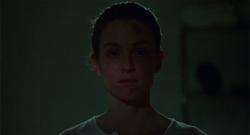
Safe
1995 -
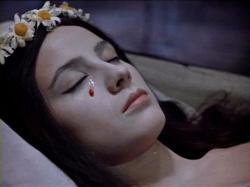
Viy
1967 -
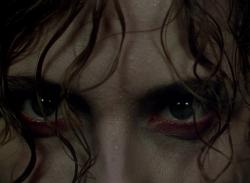
Black Narcissus
1947 -
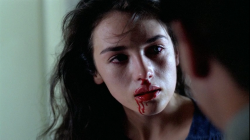
Possession
1981 -

Carrie
1976 -
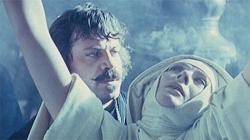
The Devils
1971 -
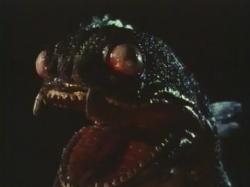
The Sea Serpent
1984 -
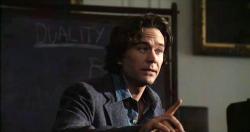
The Dark Half
1993 -
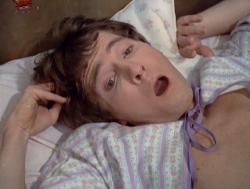
The Baby
1972 -
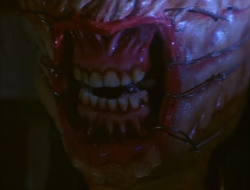
Hellraiser
1987 -

The White Reindeer
1952 -
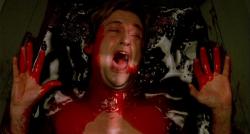
The Serpent and the Rainbow
1988 -
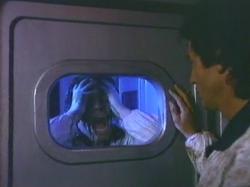
Endless Descent
1989 -
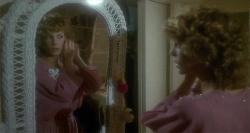
Prom Night
1980 -
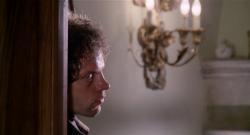
Night Train Murders
1975 -
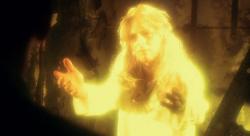
God Told Me To
1976 -
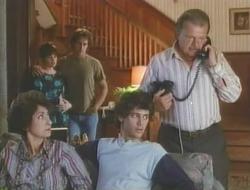
In a Child’s Name
1991 -
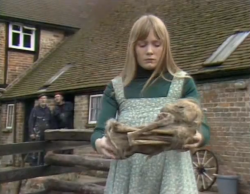
Beasts
1976 -
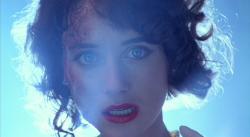
Prom Night II
1987 -
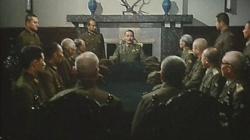
Men Behind the Sun
1986 -
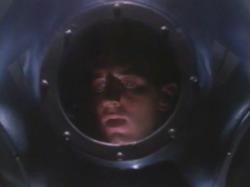
DeepStar Six
1989 -
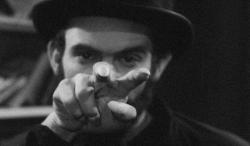
At Midnight I’ll Take Your Soul
1964 -

They Came Back
2004 -
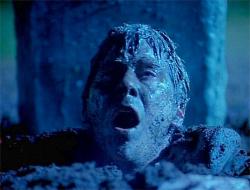
Buried Alive
1990 -
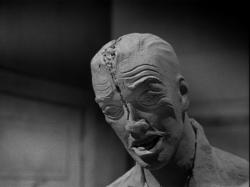
A Bucket of Blood
1959 -
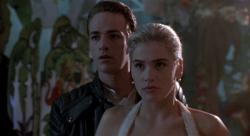
Buffy the Vampire Slayer
1992 -

Night and Fog
1956 -

It Came From Beneath the Sea
1955 -
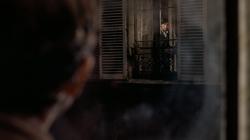
The Tenant
1976 -

Tokyo Gore Police
2008 -
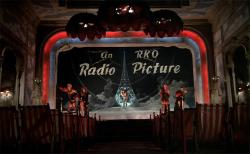
The Rocky Horror Picture Show
1975
We don’t do comments anymore, but you may contact us here or find us on Twitter or Facebook.



